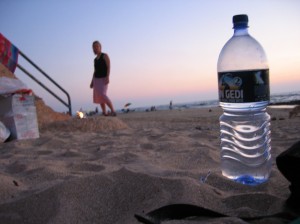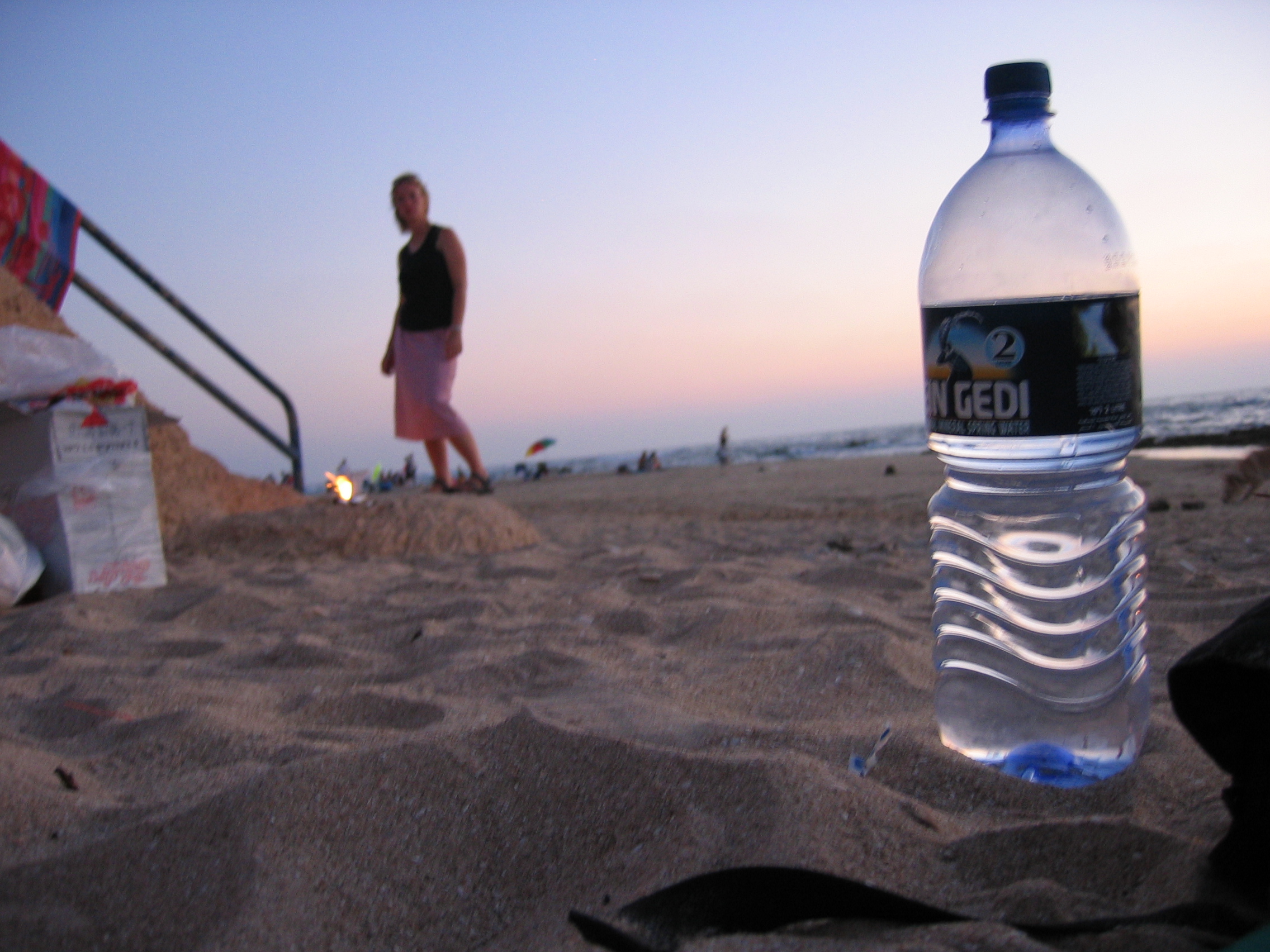
The fact that water bottlers in Florida get free access to water they package and sell — and therefore make 100 percent profit on the materials — is often a sticking point for conservationists.
While giving away water bottling rights in a state expecting water shortages may seem to be the perfect illustration of bad water policy, it is worth taking a look at the actual consumption of the primary industries in the state that use water, industries like agriculture.
Water bottle companies have become an easy target for environmentalists because of their notorious use of plastic. But when agriculture’s use is brought into the picture, water consumption numbers may not appear as critics of the bottled water industry assume.
The total consumption of water for the agriculture industry statewide in 2005 was 2,766 million gallons per day, according to the 2005 state report, Water Withdrawls and Use. That is about 40 percent of the total water use in the state — for one industry.
Comparatively, Nestlé, the state’s largest private water bottler, was permitted to withdraw 2.7 million gallons per day, excluding the water rights it purchases, according to Nestlé Waters. In total Nestlé bottles about three million gallons a day.
Other companies like Coco-Cola, that bottled Dasani on the Santa Fe River, bottle anywhere from 600,000 to 800,000 gallons a day. The Coca-Cola plant has since closed because of the cost of fuel to ship from its location. However, the bottling permit still holds value and another company may decide to purchase it in the future.
There is no clear number for how many gallons of water are bottled in the state because those types of consumptive use permits are awarded through the five different water management districts.
A Need vs. A Luxury
Advocates like Merrillee Malwitz-Jipson, president of the group Our Santa Fe River, have fought the expansion of the water bottle industry in the Suwannee River Water Management District for the past five years. The group has argued against those trying to open new bottling facilities on the Santa Fe River and at various springs in North Central Florida.
For advocates like Malwitz-Jipson, agriculture’s water use is a topic of debate. While agriculture is using more water, bottled water opponents argue that industry is producing food.
“Water use for agriculture is a much more important use than putting water in a plastic bottle,” Malwitz-Jipson said. “It’s a luxury item.”
It is how agriculture is using the water, and in what ways they are failing to conserve it, where the industry becomes a target for its consumption.
While water bottlers have invested in technology that has reduced water lost while bottling from 3 gallons to 1.3 gallons per gallon produced, the same cannot be said for farmers.
Investment in technologies that could save the agriculture industry millions of gallons a day are expensive and require investment not only from the farmers, but the locality from which the farms are getting their water.
In agriculture, most small farmers don’t have the capital to invest and large farmers don’t have the incentive to invest, said Kayla Martin, a farmer from northeast Florida.
Water bottlers, on the other hand, have been forced to demonstrate their interest in the environment because of decreasing consumer demand and pressure from environmental groups.
Agriculture may not receive the same kind of pressure because many view the product as essential to life and many do not know how much water agriculture consumes.In addition, the agriculture lobby in the state of Florida is one of the largest.
Agriculture directly employs more than 400,000 people statewide according to a report by the Florida Department of Agriculture and Consumer Services, also leading to economic pressure should the industry’s way of doing business change.
From a water perspective, the amount of water used is an issue. From an environmental point of view, water bottles are wasteful through their entire lifecycle, taking more energy to produce and leaving behind more plastic than could ever be recycled.
There is a difference in the industries, too, when comparing how each one maintains the water used. Nestlé, for example, works with the local community to maintain the springs it bottles from because they are reliant on fresh clean water. Agriculture, on the other hand, is notorious for it’s waste runoff that can contaminate groundwater.
Maintaining enough safe and clean drinking water in the state is the goal of everyone who studies water issues as was evident at the 2012 Water Policy conference at the University of Florida. What advocates like Malwtiz-Jipson would like to see is a tax on water bottlers so the industry is giving back to the community it makes a profit from.


